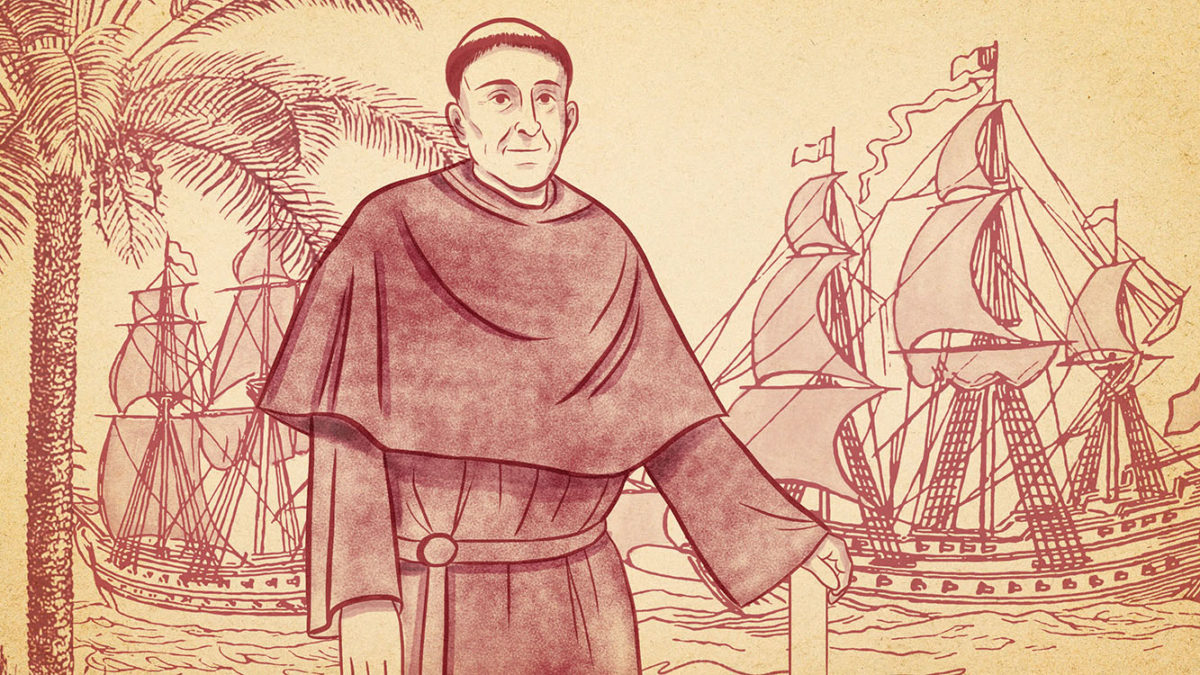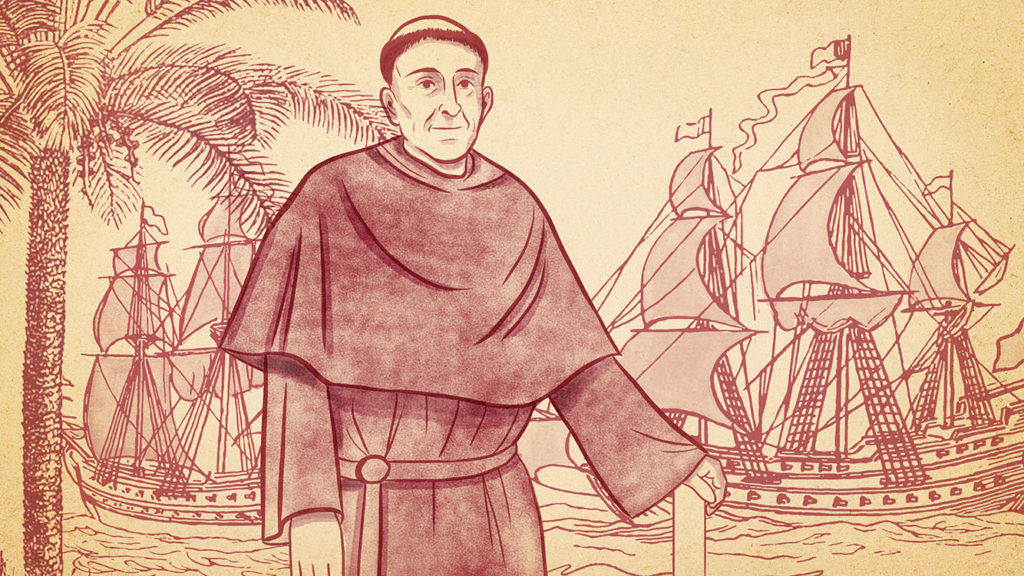
Fray Andrés de Urdaneta
BLOG
PILGRIMAGE | FEATURES | NEWS
June 1, 2020
FRAY URDANETA: Philippines First Prelate & Discoverer of the Manila-Acapulco Galleon Trade Route

Fray Andrés de Urdaneta
The April 1565 arrival of the Legaspi-Urdaneta expedition to the Philippines, and the subsequent finding of the image of the Santo Nino would not be possible without the Augustinian priest, Fray Andrés de Urdaneta, OSA. The expedition paved the way for Spain’s missionary and economic expansion, and the formal Christian evangelization of the Philippines.
Fray Andres de Urdaneta was the first crown-appointee of the expedition through the decree of Spain’s King Phillip II to Viceroy Luis de Velasco. The decree specifically ordered the inclusion of Urdaneta to the expedition. Urdaneta was more than 52 years old at the time of his appointment. Despite his age, Urdaneta was preferred for the position as navigator based on the crown’s confidence in Urdaneta’s navigational expertise.
Aside from his renowned navigational skills, Urdaneta was a bilingual, speaking both Castillian and Malay, with “great gift for diplomacy,” and a “sharp eye for trading and commerce.”
Urdaneta’s first experience in navigation was during the Garcia Jofre de Loaysa expedition under the rule of Spanish monarch Carlos I. Adolescent Urdaneta was not yet a friar during the Loaysa expedition. But, his sharp mathematical skills, meticulous documentation, and diligent study on the craft of navigation gave him the expertise to embark on the crown’s second attempt to create a settlement in the Philippines, and to find a reliable and safe route from the Philippines to Nueva España or New Spain (now known as Mexico) in the Americas.
Urdaneta’s first task in the Legaspi-Urdaneta expedition was to help set up the Spanish settlement in the Philippines. After having done so, his next task was to find a safe route from the Philippines back to Mexico.
Urdaneta stayed only a little over a month in Cebu and left for Mexico on June 1, 1965, to take advantage of the favorable monsoon winds. Using the San Pedro ship, Urdaneta’s return trip entered the Pacific Ocean on June 9, 1565 after getting provisions from nearby Philippine islands. Traveling more than 8,000 miles on open seas, Urdaneta and his crew arrived at the Bay of Acapulco on October 8, 1565, with nary any important navigational incidents.
Urdaneta’s arrival opened the first commercial route between the Americas and Asia, known as the Urdaneta Route. Urdaneta’s comprehensive reports paved the way for other mercantile expeditions using that route.
Urdaneta was born in 1507 in Villafranca de Guipuzcoa to parents Juan Ochoa de Urdaneta and Gracia de Cerain. His father became the town mayor in 1511. No other document was found indicating how long Juan Ochoa sat on that position. At the age of 17, in 1925, during the Loaysa expedition, Urdaneta has already shown a great deal of intelligence and conscientiousness. Urdaneta joined the Order of Saint Augustine in 1552.
REFERENCE: de Miguel, J. (2009). Urdaneta and His Times. Quezon City, Philippines: Vibal Publishing

